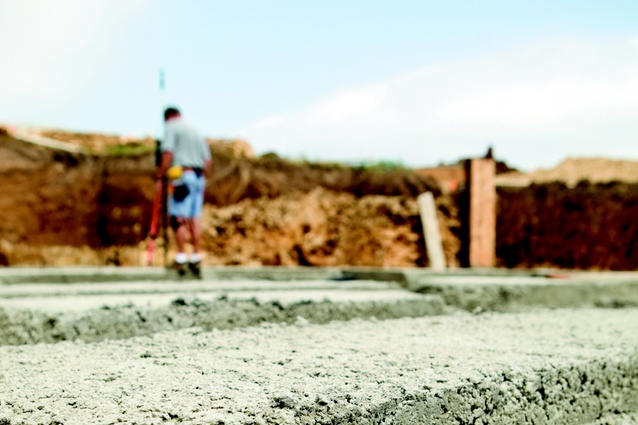Foundations for Canterbury
Three new categories for residential foundation design have been developed and will be required for repairing and rebuilding homes in Canterbury following the earthquakes of 2010 and 2011.
The foundation designs apply to the flat land in the residential green zone in Canterbury, which has now been divided by engineering experts into three new technical categories (TC1, TC2 and TC3).
The categories, and the areas they apply to, are based on ground conditions, including the susceptibility to liquefaction, and the extent of land and building damage caused by the earthquakes. The three new technical categories are part of the Department of Building and Housing (DBH)’s updated guidance for repairing or rebuilding houses in Canterbury following the earthquakes.
Canterbury Earthquake Recovery Minister Gerry Brownlee says following the damaging earthquakes in Canterbury, extensive scientific and geotechnical investigation and research has been undertaken by a range of experts to identify land issues and ways to reduce the risk of injury to people and damage to homes in any future earthquakes. “This is part of ongoing work to improve building standards in New Zealand and the government’s coordinated response to long-term recovery in Canterbury,” says Brownlee. “The information will allow homeowners with damaged properties in the residential green zone to get on with the process of repairing or rebuilding their homes with greater confidence.”
Technical Category 1 (TC1) Properties in TC1 are unlikely to experience significant land damage from liquefaction in future earthquakes. Standard concrete slabs and timber floors are acceptable for foundation repairs or rebuilds.
Technical Category 2 (TC2) For properties in TC2, minor to moderate land damage from liquefaction is possible in future significant earthquakes. Lightweight construction, for example corrugated iron not tiled roofs, or enhanced foundations such as more robust floor slabs that better tie the structure together will be required for foundation repairs or rebuilds.
Technical Category 3 (TC3) For properties in TC3, moderate to significant land damage from liquefaction is possible in future significant earthquakes. Foundation solutions should be based on site-specific geotechnical investigation and specific engineering foundation design where foundation repairs or rebuilds are needed. This might involve deep pile solutions.
For properties not in these categories, normal consenting procedures will apply. This applies to non-residential properties in urban areas, properties in rural areas or land outside the areas which have been mapped for land damage and properties in the green zones on the Port Hills and Banks Peninsula.
The DBH is currently undertaking a trial of foundation systems in Christchurch to test the feasibility and costs of other foundation solutions for properties in TC3 that need to have their foundations repaired or rebuilt due to earthquake damage. Some of the techniques proposed in the trial have been used in roading but they have not previously been used in residential construction. These techniques have the potential to offer cost effective alternatives to deep pile solutions.
Updated guidance for repairing or rebuilding houses and design guidance in Technical Category 3 is expected to be issued by the end of February. A summary of the DBH guidance for repairing or rebuilding houses in TC1 and TC2 categories is available on www.dbh.govt.nz/canterbury-earthquake-residential-building.










